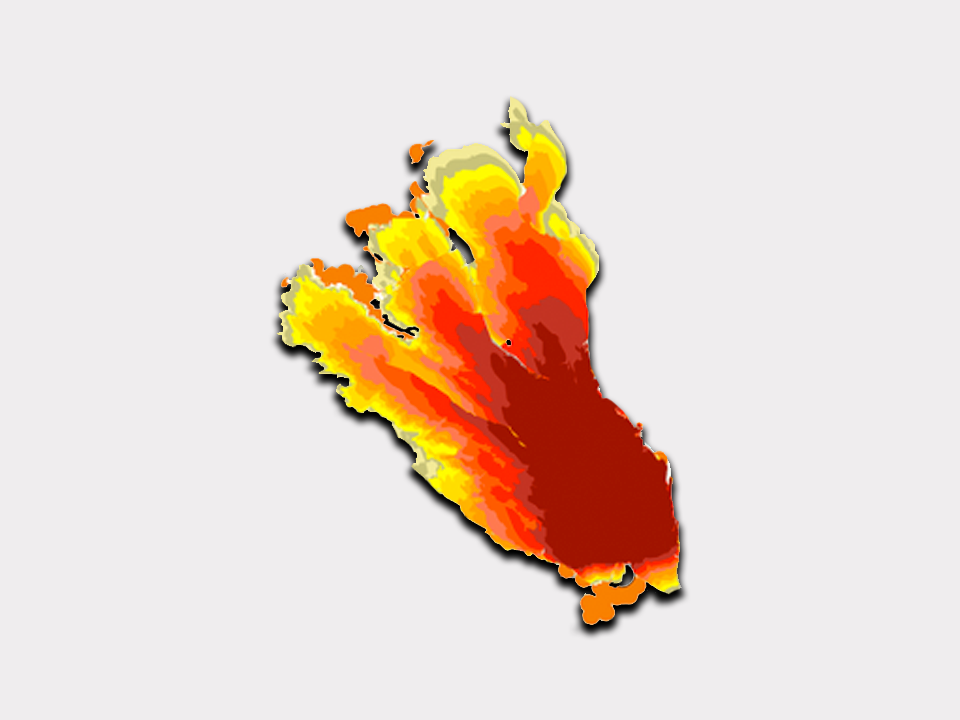An experimental study on the intermittent extension of flames in wind-driven fires
Wei Tang, Daniel J. Gorham, Mark A. Finney, Sara Mcallister, Jack Cohen, Jason Forthofer, and Michael J. Gollner (2017). "An experimental study on the intermittent extension of flames in wind-driven fires." 12th International Symposium on Fire Safety Science, Lund, Sweden.
Abstract
Experiments were conducted to study the intermittent extension of flames from wind-driven line fires using stationary burners. These fires are thought to share similar features with propagating wildland fires, where forward pulsations of flame have been observed to quickly ignite material far ahead of the mean flame front. However, stationary burners offer the ability to study the movement of the flame and its heating processes in greater detail than a spreading fire. In these stationary experiments, propane gas was used as a fuel with different burner sizes, 25–30 cm wide and 5–25 cm long in the direction of the flow. A specially-built wind tunnel was used to provide a well-characterized laminar flow for the experimental area. The free-stream flow velocity, measured by a hot-wire anemometer, ranged in the experiments from 0.2 to 2.7 m/s. The shape of the flame was measured using a high-speed video camera mounted perpendicular to the apparatus. A method was developed to track the extension of the flame close to the surface, simulating flame contact with unburnt fuel downstream of the fire. This extension length was then measured frame by frame and frequencies of flame presence/absence determined as a function of downstream distance. The location of maximum pulsation frequency, xmax, for each burner/wind configuration, was obtained using a level-crossing approach (essentially the variable-interval time-average (VITA) method). Further study indicates that xmax can be well estimated using mean flame properties. Probability distributions describing the location of the flame over time also showed that, the probability the flame extends far beyond the mean flame front is sensitive to increasing ambient winds and fire size.


